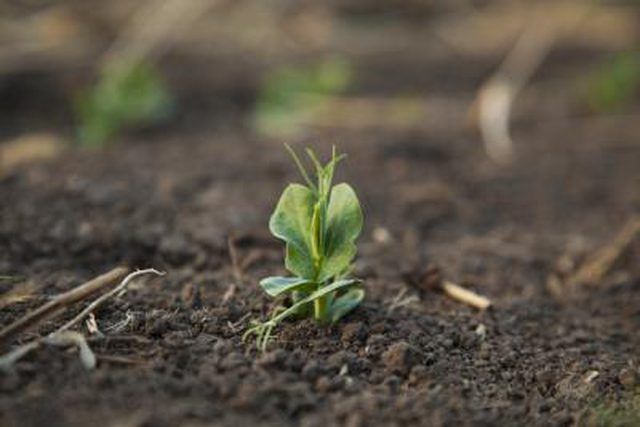Bulbs
Flower Basics
Flower Beds & Specialty Gardens
Flower Garden
Garden Furniture
Garden Gnomes
Garden Seeds
Garden Sheds
Garden Statues
Garden Tools & Supplies
Gardening Basics
Green & Organic
Groundcovers & Vines
Growing Annuals
Growing Basil
Growing Beans
Growing Berries
Growing Blueberries
Growing Cactus
Growing Corn
Growing Cotton
Growing Edibles
Growing Flowers
Growing Garlic
Growing Grapes
Growing Grass
Growing Herbs
Growing Jasmine
Growing Mint
Growing Mushrooms
Orchids
Growing Peanuts
Growing Perennials
Growing Plants
Growing Rosemary
Growing Roses
Growing Strawberries
Growing Sunflowers
Growing Thyme
Growing Tomatoes
Growing Tulips
Growing Vegetables
Herb Basics
Herb Garden
Indoor Growing
Landscaping Basics
Landscaping Patios
Landscaping Plants
Landscaping Shrubs
Landscaping Trees
Landscaping Walks & Pathways
Lawn Basics
Lawn Maintenance
Lawn Mowers
Lawn Ornaments
Lawn Planting
Lawn Tools
Outdoor Growing
Overall Landscape Planning
Pests, Weeds & Problems
Plant Basics
Rock Garden
Rose Garden
Shrubs
Soil
Specialty Gardens
Trees
Vegetable Garden
Yard Maintenance
Why Do Germinating Peas Undergo Cellular Respiration?
Why Do Germinating Peas Undergo Cellular Respiration?. Peas are seeds, or embryonic plants. When they are exposed to the right conditions, the plant will emerge from the seed and begin to grow; this process is called germination. Cellular respiration is necessary for germination to occur.
Peas are seeds, or embryonic plants. When they are exposed to the right conditions, the plant will emerge from the seed and begin to grow; this process is called germination. Cellular respiration is necessary for germination to occur.

Cells in pea plants need energy to synthesize proteins, replicate their DNA and divide, and maintain stable internal conditions. Without a source of energy, a cell would cease functioning, or die. Cells harvest energy from sugar and fat molecules through a series of reactions called cellular respiration. The energy extracted from the sugar is stored by using it to synthesize a molecule called adenosine triphosphate or ATP, which the cell can then use as a kind of "energy currency" for other processes.

During germination, a pea plant is growing, meaning its cells are actively dividing. The food stored in the seed provides the pea plant cells with the energy they need to maintain themselves and divide, since the plant is not yet capturing sunlight through photosynthesis. The pea plant cells depend on cellular respiration to furnish them with the energy they need to stay alive and grow.

Pea plant cells cannot remain alive without cellular respiration. The pea plant cells will continue to extract energy from sugar through cellular respiration even once the plant is fully grown; at that point, however, the sugar for cellular respiration will come from photosynthesis rather than the stored food that sustains the immature plant during germination.
